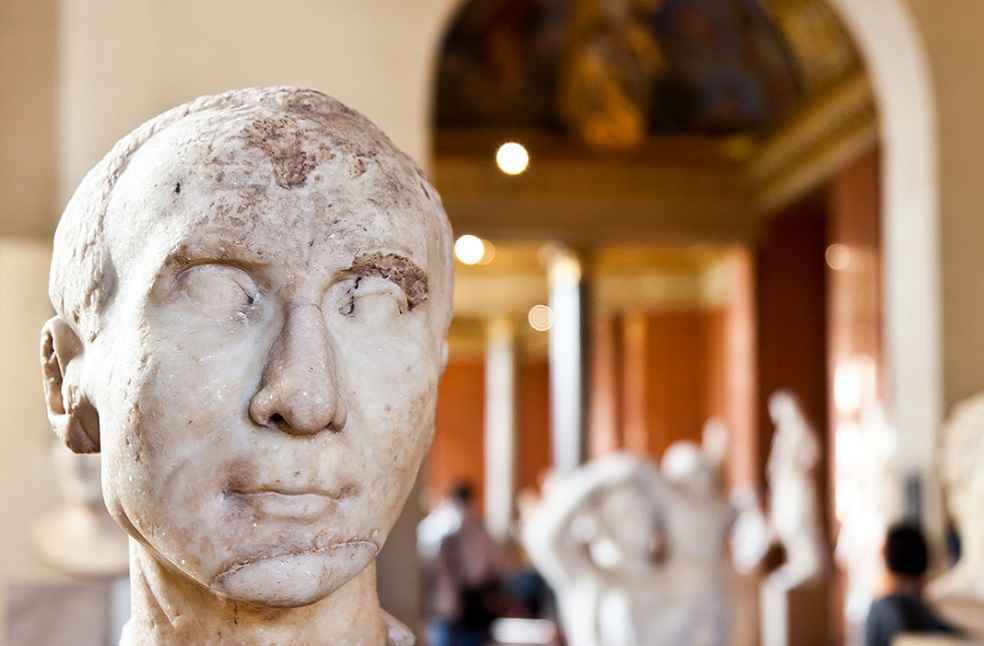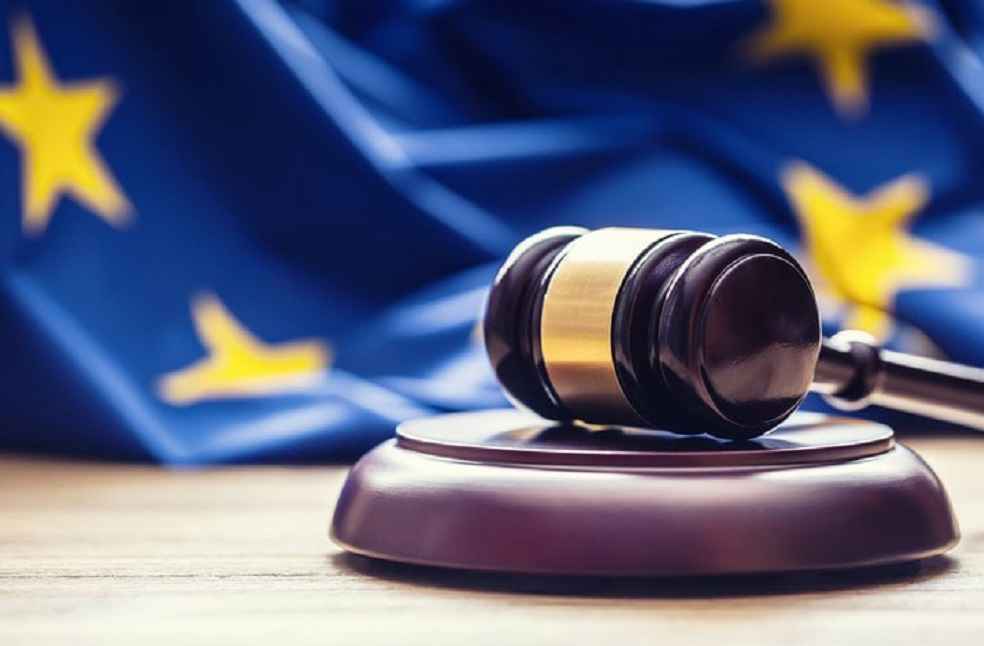Art dealers and industry professionals are raising alarms over upcoming European Union regulations set to significantly change the importation of cultural goods into the EU by June 2025. These rules aim to prevent the entry of cultural properties illegally exported from non-EU countries, sparking widespread concerns about their practical implications and potential negative impacts on the art trade.
At a recent Syndicat National des Antiquaires conference in Paris and during a TEFAF panel, experts voiced apprehension regarding the enforceability of these regulations and the challenges they present for verifying the legality of artworks, some of which may have been exported centuries ago. Pierre Valentin, an art lawyer, highlighted the difficulties collectors might face in proving the legal export of artifacts, terming it an ‘evidential nightmare.’

Under the new EU directive, owners or purchasers of non-European art residing outside the EU must secure an import license through a more rigorous due diligence process. An electronic system will be developed to facilitate this, distinguishing between high-risk items, such as archaeological finds, and low-risk items, including ethnological pieces and art over 200 years old with a minimum value of €18,000.
EU officials argue that the law targets enhancing market transparency and integrity, expecting it to cultivate buyer expectations for provenance documentation. However, critics argue it could disadvantage EU markets by complicating imports for exhibitions and fairs and challenge the proportionality and clarity of these measures.
The UK, post-Brexit, has decided against adopting these new EU standards, preferring to continue with its declaration and taxation system for imported cultural goods. However, UK dealers trading in ancient works will need to adjust to ensure compliance with provenance documentation requirements.

Controversy also surrounds the regulation’s justification, initially tied to combating terrorism financing through illicit cultural property trade—a link some argue is now debatable. Despite this, EU representatives maintain the broader goal of the legislation is to safeguard cultural heritage beyond merely thwarting terrorist activities.
As the art world braces for the implementation of these stringent rules, there’s a call for dialogue and flexibility in their application, emphasizing the need for balance between preserving cultural heritage and ensuring a vibrant global art market.
DON’T MISS | India Dethrones China in Toy Production, Becomes Net Exporter



